When it comes to awe-inspiring dogs, few breeds command attention quite like the Great Dane. Towering in stature and exuding an air of elegance, these gentle giants have captured the hearts of dog lovers around the world. In this blog post, we will delve into the captivating world of Great Danes, exploring their history, characteristics, and why they make such wonderful companions.
A Brief History
The Great Dane is a magnificent and imposing breed that has captured the hearts of dog enthusiasts around the world. With its grand stature and gentle nature, the Great Dane has a rich history that dates back centuries.
The origins of the Great Dane can be traced back to ancient civilisations. Artifacts from Egypt and Greece depict dogs resembling the Great Dane, suggesting that their ancestors have been around for thousands of years. These ancient dogs were likely used for hunting large game, showcasing their strength and power.
The breed as we know it today, however, began to take shape in Germany during the 16th century. German nobles and landowners were particularly interested in breeding dogs for hunting purposes. They sought to create a breed that possessed the strength and agility required to tackle formidable game such as wild boar.
The Great Dane’s development and refinement can be attributed to German breeders who aimed to produce dogs with specific characteristics. They selectively bred English Mastiffs, Irish Wolfhounds, and Greyhounds, among other breeds, to create a dog with a unique blend of power, speed, and elegance. These breeding efforts led to the formation of the “Deutsche Dogge,” which translates to “German Mastiff.”
The breed’s name, “Great Dane,” is believed to have originated in France during the 18th century. French naturalist Comte de Buffon referred to the breed as “le Grand Danois,” meaning “the Great Dane,” likely associating it with Denmark. This name eventually gained prominence and became widely accepted internationally.
Great Danes gained popularity across Europe during the 19th century, particularly among nobility and aristocracy. Their impressive size and regal appearance made them desirable as companions and status symbols. They were often seen accompanying nobles in grand estates and castles, further solidifying their reputation as dogs of distinction.
In the late 1800s, Great Danes made their way to the United States. The breed quickly gained recognition and admirers, leading to the formation of the Great Dane Club of America in 1889. The American Kennel Club officially recognised the Great Dane in 1887, solidifying its place among recognised breeds in the country.
Great Danes continued to evolve both in appearance and purpose throughout the 20th century. While their original role was primarily hunting and guarding, their gentle nature and loyalty made them increasingly sought after as family pets and show dogs. Their reputation as “gentle giants” grew, and they became known for their exceptional patience and affection.
Throughout their history, Great Danes have faced challenges such as declining popularity and health concerns. The breed experienced a decline in numbers during the two World Wars, but dedicated breed enthusiasts ensured their survival. Responsible breeding practices and efforts to improve the breed’s health have been paramount in maintaining the breed’s overall well-being.
Today, Great Danes are cherished as loving family companions, therapy dogs, and show dogs. Their gentle and friendly disposition, combined with their striking appearance, continues to captivate dog lovers worldwide. They require proper care, including regular exercise, a balanced diet, and attention to potential health issues associated with their large size.
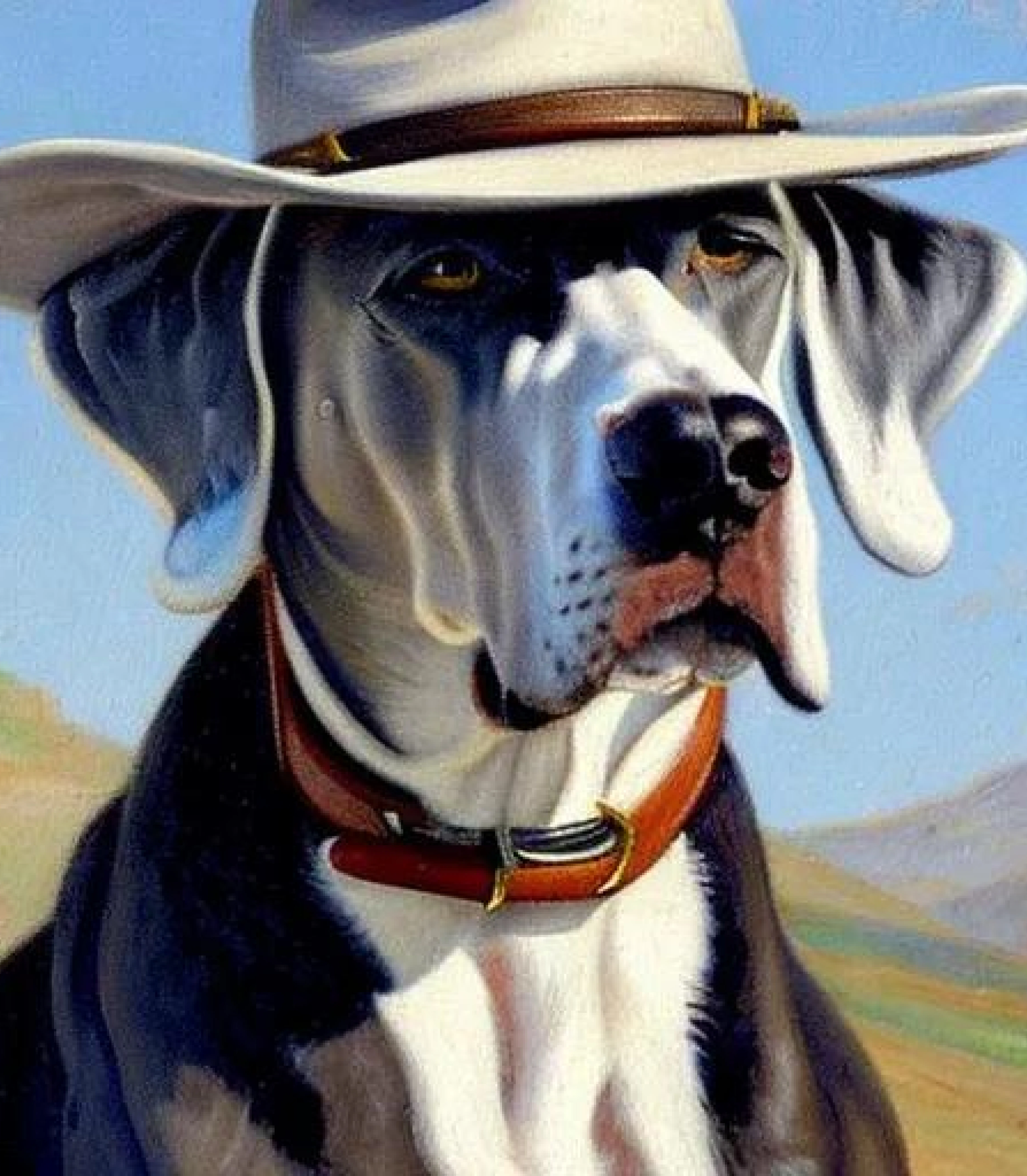
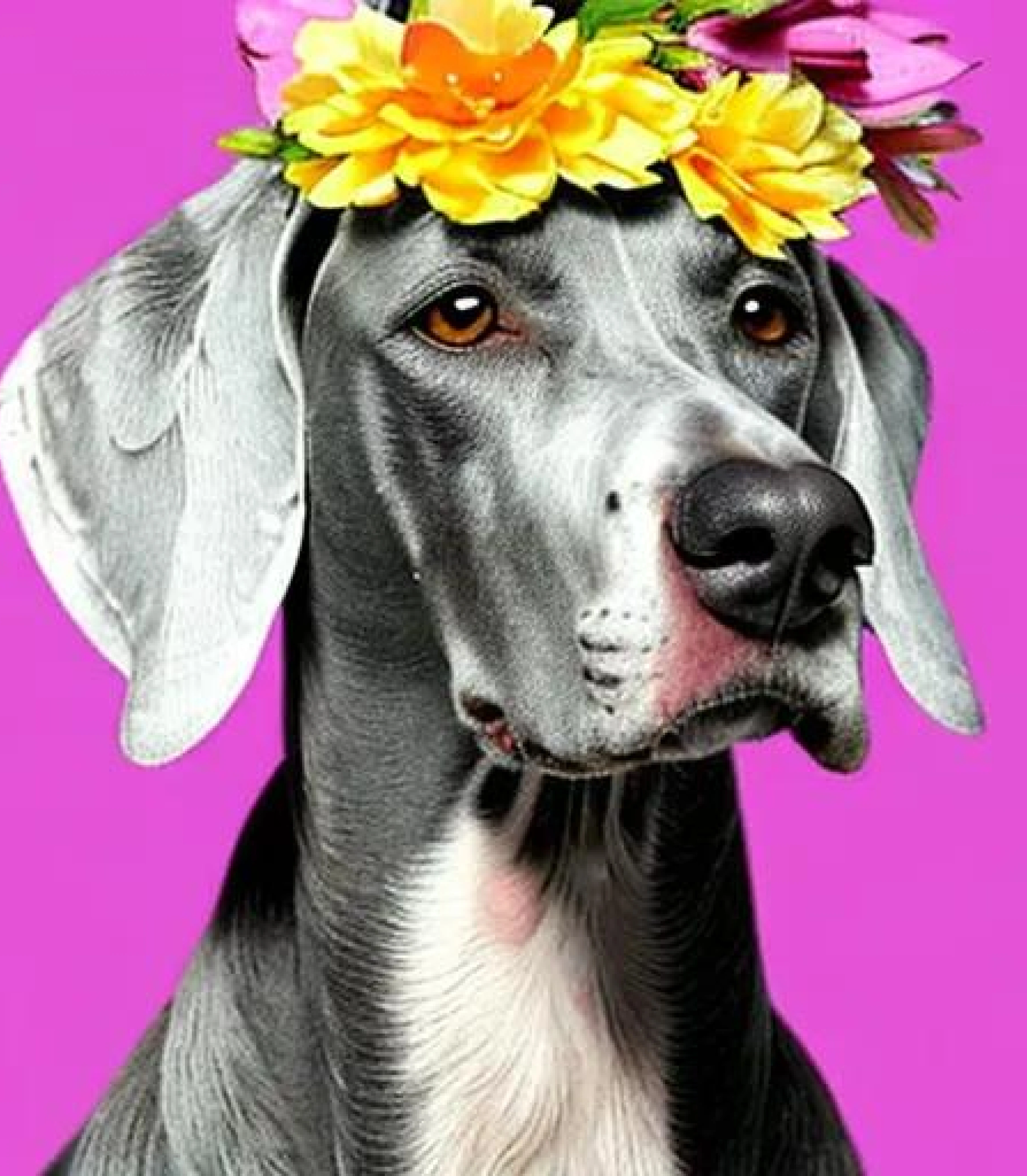

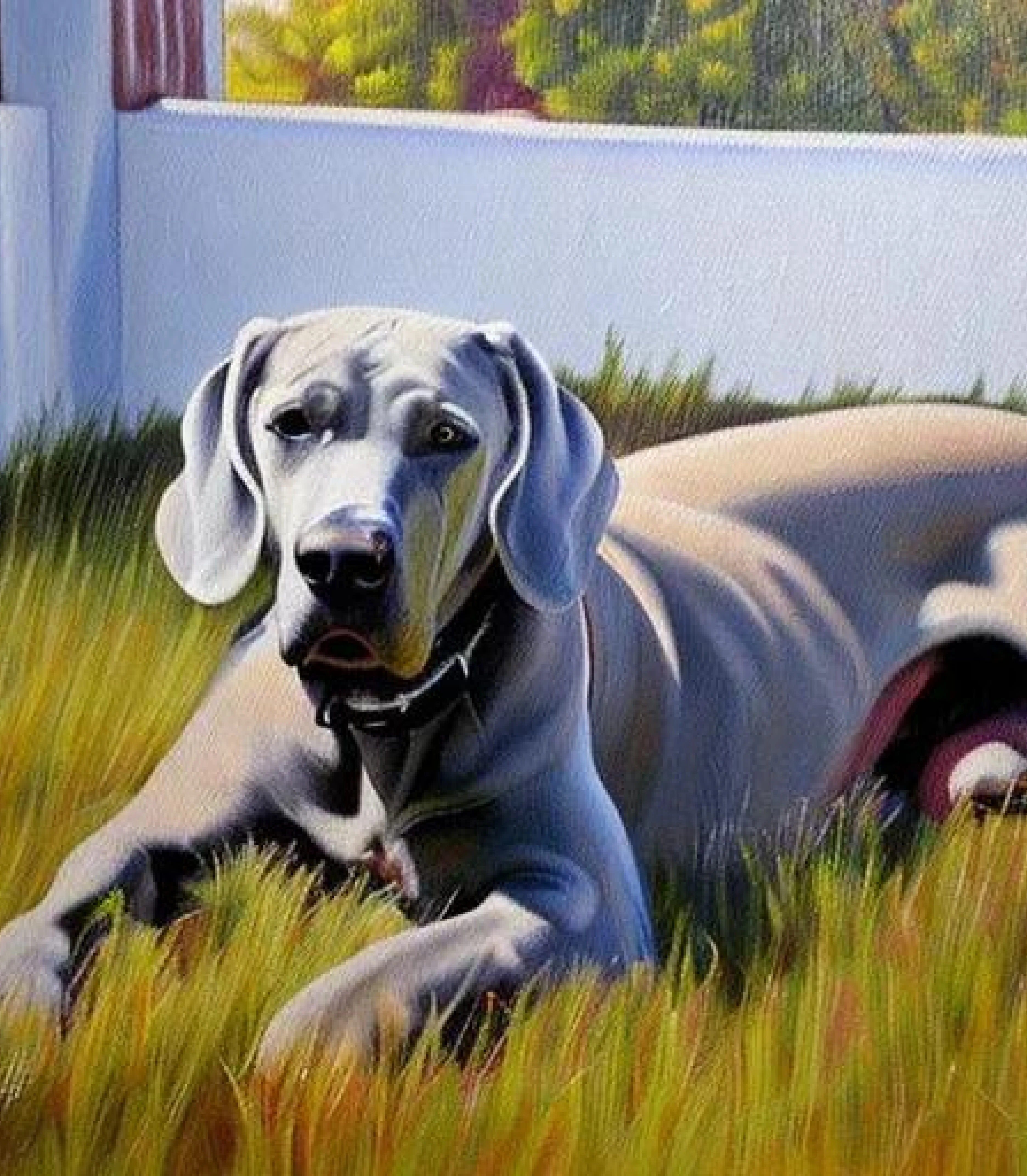
Magnificent Physical Features
The Great Dane’s physical features are as captivating as its history. It is one of the largest dog breeds, standing at an average height of 30 inches (76 cm) and weighing between 100 to 200 pounds (45 to 90 kg). The breed boasts a muscular build, with a long and elegant neck, deep chest, and a distinctive elongated head. Great Danes come in various colours, including fawn, brindle, black, blue, and harlequin (white with black patches).
Gentle and Affectionate Temperament
Despite their imposing size, Great Danes are known for their gentle and affectionate nature. They are often referred to as “gentle giants” due to their calm and patient demeanour. Great Danes are typically friendly and good-natured, making them excellent companions for families and individuals alike. Their love for human interaction and their natural protective instincts make them great family dogs.
Exercise and Care
As with any dog, Great Danes require regular exercise to keep them healthy and happy. Despite their large size, they have a moderate energy level and need a fair amount of daily exercise, such as walks and playtime in a secure, open area. It is important to note that they have a relatively short lifespan compared to smaller breeds, averaging around 7 to 10 years.

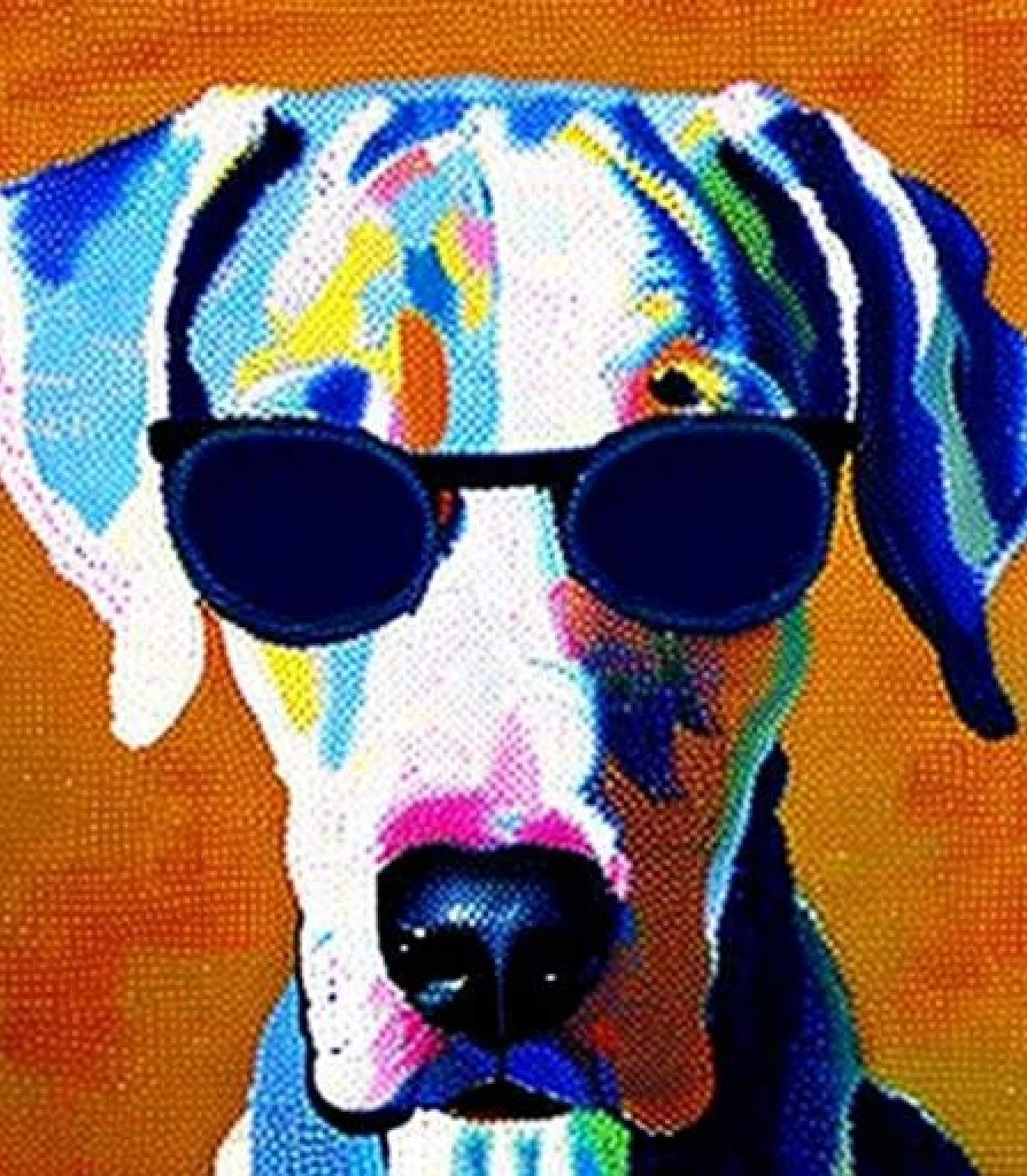

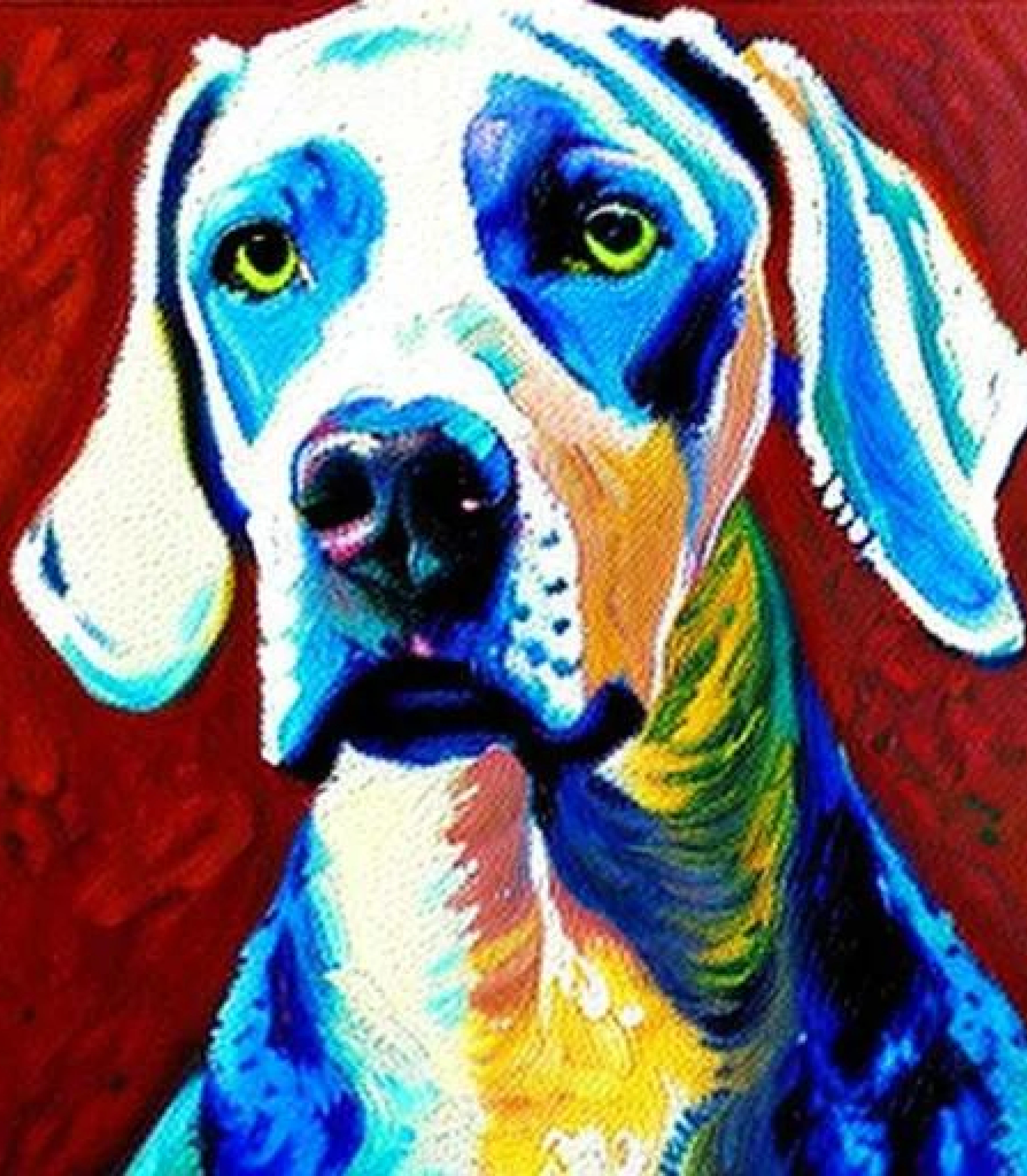
Special Considerations
Owning a Great Dane does come with a few considerations. Their size necessitates a spacious living environment with a secure outdoor area. Additionally, their larger frames can make them more prone to certain health issues, including joint problems, bloat, and heart conditions. Responsible breeding practices, regular exercise, and a nutritious diet can help mitigate these risks.
Great Danes are undeniably a breed that commands attention and admiration. Their regal appearance, gentle nature, and unwavering loyalty make them beloved companions to countless families around the world. If you are considering adding a Great Dane to your family, be prepared for a lifetime of love, laughter, and unforgettable moments with one of the most majestic and remarkable dog breeds on the planet.
Fun Facts
Great Danes are the tallest dogs in the world.
There are six breed standard colours – black, blue, brindle, fawn, harlequin and mantle.
There is one none breed standard colour – merle.
The Great Dane breed is a member of the Kennel Club Working Breed Group.
A Great Dane called Just Nuisance remains the only dog ever to be enlisted in the Royal Navy. He served in South Africa from 1939-1944, helping to enlist troops for World War Two and was buried with full military honours.
The famous Scooby-Doo character was based on a Great Dane.



